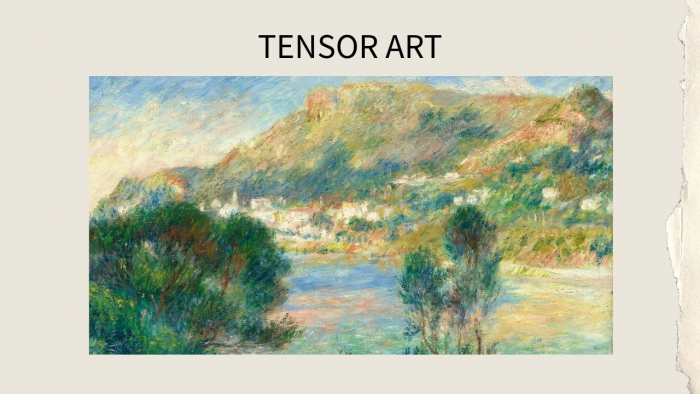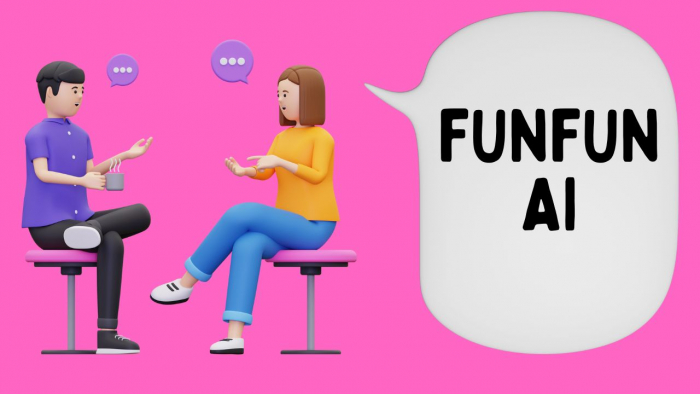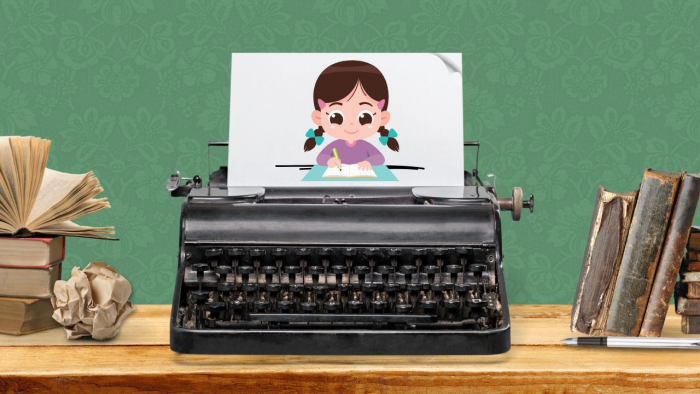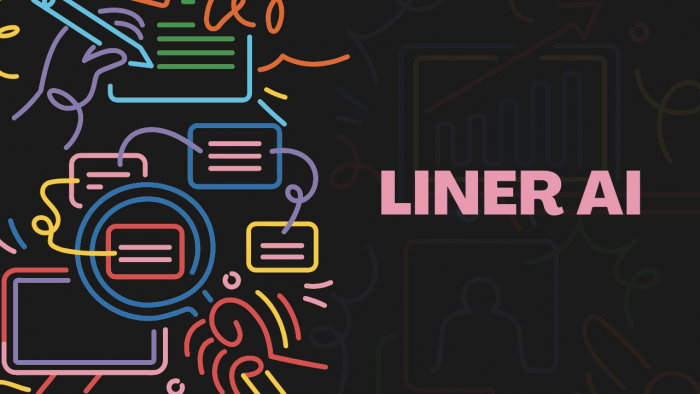Generative AI is category of artificial intelligence capable of creating new content in response to prompts. Unlike traditional AI that might classify or predict using existing data, generative AI actually produces original material in the form of text, images, or video.
Today we’re exploring what generative AI really is, how it works behind the scenes and in the every day, and what the future might hold.
Generative AI 101
If you've ever asked a computer to write a paragraph for you or draw a picture from a prompt, you've used generative AI (you might remember a few years ago when everyone was inputting funny prompts into DALL E to get surreal images back - that was generative AI in its early stages)
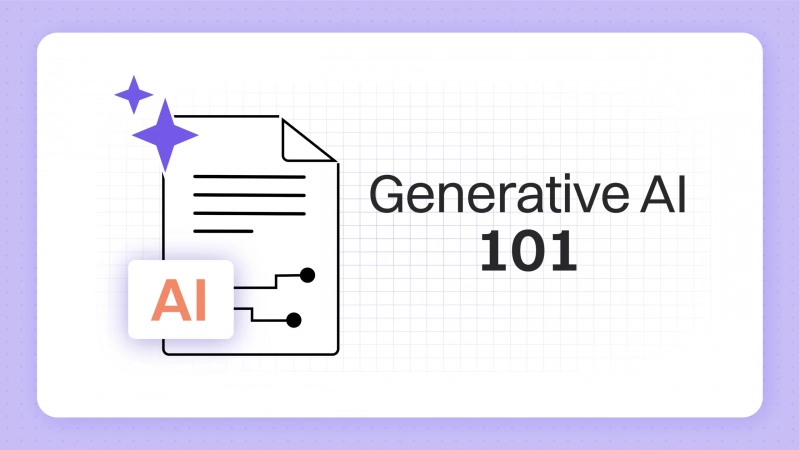
Generative artificial intelligence (gen AI) refers to AI systems that can generate new data, so instead of just telling you whether or not a photo has a cat in it, generative AI can create a picture of a cat from scratch.
In 2022 ChatGPT gained 100 million users in just two months after its launch, making it one of the fastest-adopted technologies ever and suddenly everyone was talking about how AI could help you to draft emails, write code, or create art. By 2023, generative AI had moved from research labs into real-world use, for both business and pleasure.
Generative AI has shaped the way we view computers and what they can do for us and with us, and while this opens up exciting opportunities for creativity and efficiency it also brings along new challenges.
How Generative AI Works
The magic of gen AI lies in the way each model is built and trained. Generative AI systems use complex algorithms called neural networks, which are essentially layered webs of mathematical ‘neurons’ loosely inspired by the brain's structure.
First a gen AI model is trained on a huge amount of data to recognize and learn patterns. After training, the model can generate new content by predicting what comes next based on a prompt. Then the AI will undergo fine-tuning and feedback phases to iron out any issues with specific types of content or use cases.
Generative AI is all around us - you might be surprised at how many times a day you come across it! Here are a few examples of real world generative AI applications:
- Text generation and chatbots (customer service and language translation)
- Image and art creation
- Programming and code generation
- Speech generation (like Siri)
- Marketing and social media
- Generating new molecular structures for new drugs in the healthcare industry
- Simulating market scenarios to help with the economy
- Generating exercises or explanations for students
Pros & Cons Of Generative AI
Generative AI has risen in popularity so quickly largely because of the tangible benefits it offers to individuals and organizations., but that doesn’t mean it’s perfect. On one hand, it can speed up creative tasks, enhance creativity, tailor content for individual needs (like customer service chatbots), and handle repetitive or tedious work.
On the other hand, AI doesn’t inherently know the difference between true or false, so chatbots can often generate misinformation. Since they learn from data, they’re also prone to biases and stereotypes, depending on what they were fed during the learning stage.
Overall, AI has been approached with skepticism and caution due to the potential for ethical misuse, copyright violations, and the big question: how will it affect future employment?
These are still questions we’re grappling with, so there are no clear answers but many proponents of AI are focusing on how to make AI work with people and benefit society as a whole.
The Future Of Generative AI
AI has become an integral part of how we create and communicate, but what does the future look like and what can we expect from AI in the coming years?
In the near future we’ll probably see even more integration of generative AI into everyday tools like AI writing assistants built into our email apps to draft replies for us. Software like Microsoft's Office suite is already adding AI features that help generate content or formulas based on simple prompts
We can also expect a big jump in quality, since researchers are working on making AI outputs more accurate, less biased, and more context-aware—often by integrating post-processing tools like an AI Humanizer to align tone and clarity.
Still, we’ll have to navigate a balance between AI automation and human roles, especially when it comes to education. Even now, students and professors around the world are grappling with using AI for positive approaches to their work (like generating personalized study plans or summarizing long-winded research papers) and potential pitfalls like outright plagiarism or submitting misinformation. Many have also expressed concern over how AI has discouraged students to think for themselves - when critical thinking has shortcuts, many students may opt for the easy way out, especially when the pressure is on.
Because of the cons we’re seeing today, we’ll also likely see clearer rules emerge around intellectual property in the future. That means allowing artists to opt in or out of allowing their work to be used as part of gen AI training.
There's also the big question of regulation, and governments are waking up to both the promise and perils of AI which means we might see requirements for transparency or safety standards for AI systems, especially those used in important domains like healthcare or finance.
Generative AI course by Heicoders Academy also highlights how essential it is to balance innovation with responsibility as the technology evolves.
Overall, AI isn’t a black and white topic, but if the last 3 years have taught us anything it’s that popular tools like ChatGPT aren’t going away any time soon – and we might even be able to learn a thing or two from them!
Post Comment
Be the first to post comment!
